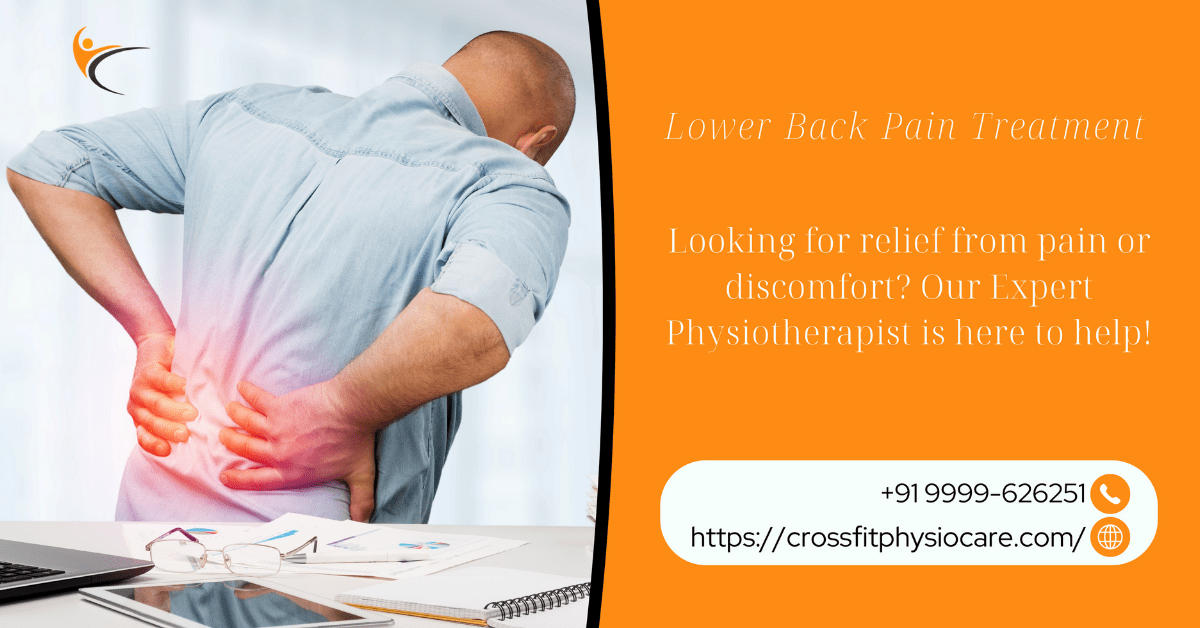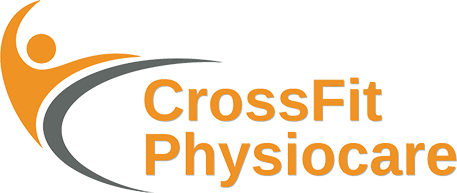
Lower Back Pain Treatment
Lower back pain is a common condition that can range from mild discomfort to severe pain, and it can have various underlying causes. It’s estimated that nearly everyone will experience lower back pain at some point in their lives.
Common Causes of Lower Back Pain:
Muscle Strain: Overexertion, lifting heavy objects improperly, or sudden movements can lead to muscle strain in the lower back.
Herniated Disc: The soft inner portion of a spinal disc can push through the tougher outer layer, causing nerve compression and pain.
Degenerative Disc Disease: Wear and tear on the spinal discs over time can result in pain and reduced flexibility.
Osteoarthritis: Degeneration of the spine’s facet joints due to age can lead to lower back pain.
Sciatica: Compression of the sciatic nerve, often due to a herniated disc, can cause pain that radiates down the leg.
Spinal Stenosis: Narrowing of the spinal canal or nerve openings can lead to nerve compression and pain.
Muscle Imbalances: Weak abdominal and back muscles can lead to poor posture and strain on the lower back.
Poor Posture: Slouching or sitting for prolonged periods can strain the muscles and ligaments of the lower back.
Tips for Managing Lower Back Pain:
Rest: Give your back some time to heal by avoiding activities that exacerbate the pain.
Pain Relievers: Over-the-counter pain relievers like nonsteroidal anti-inflammatory drugs (NSAIDs) can help manage pain and inflammation.
Heat or Cold Therapy: Applying heat or cold packs to the affected area can help relieve pain and reduce muscle spasms.
Physical Therapy: Targeted exercises and stretches prescribed by a physical therapist can help improve flexibility, strength, and posture.
Posture Correction: Maintain good posture while sitting, standing, and lifting objects to prevent further strain on the lower back.
Core Strengthening: Engage in exercises that strengthen the muscles of the core, including the abdominal and back muscles.
Weight Management: Maintaining a healthy weight can reduce stress on the lower back.
Ergonomic Support: Ensure your workspace and furniture provides proper support for your back.
Lifting Techniques: Lift objects using your legs and keep the object close to your body to avoid straining your back.
Sleeping Position and Mattress: Use a mattress that supports your spine’s natural curvature, and consider sleeping on your side with a pillow between your knees.
If your lower back pain is severe, persistent, or accompanied by other concerning symptoms such as numbness, weakness, fever, or changes in bowel or bladder function, it’s important to consult a healthcare provider for proper evaluation and guidance. A healthcare provider can diagnose the underlying cause of your pain and recommend appropriate treatments or interventions.
- Daani Plaza E-595-596, 4th Floor, Ramphal Chowk Rd, Block E, Sector 7 Dwarka, New Delhi - 110075
- +91 99996 26251
- support@crossfitphysiocare.com
How can we help you?
If you are looking for the best and nearest physiotherapist, then click below to message us on WhatsApp.
